Deciphering and Designing the Buyer’s Journey: A Comprehensive Guide for Businesses
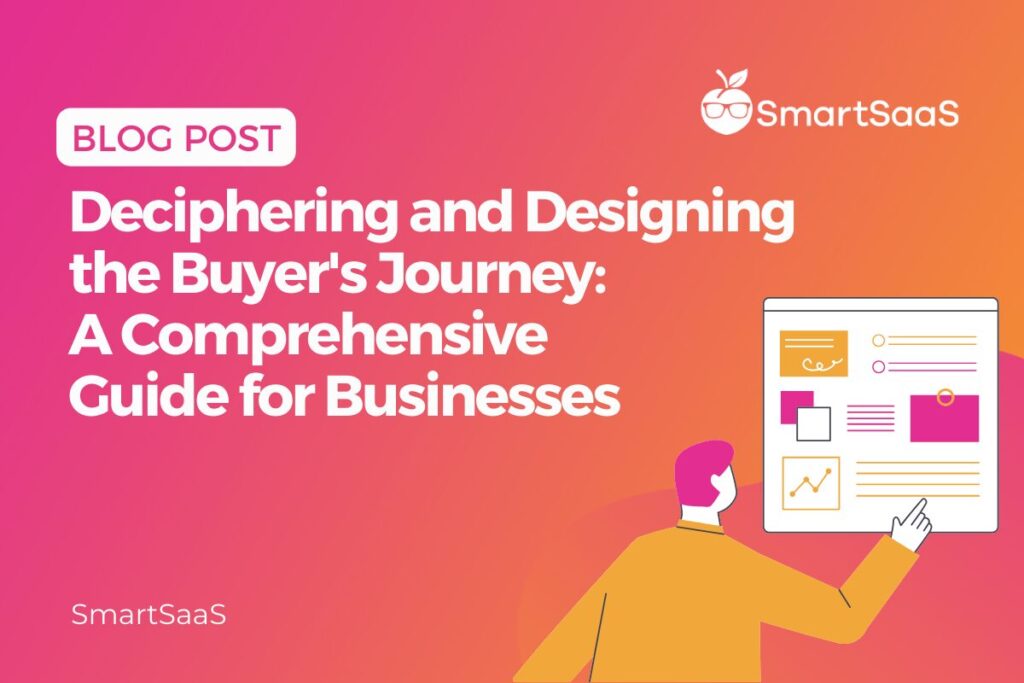
Do you deeply understand how customers discover your product and what drives their decision to buy from you? This process is known as the buyer’s journey. Understanding this journey is key to developing an effective marketing, sales and lead generation strategy.
The buyer’s journey encompasses the steps a customer undergoes while considering, assessing, and deciding on a purchase. By mapping out this journey, you’ll be able to pinpoint areas where you’re either meeting or missing customer needs, and accordingly make improvements. Keep reading to gain insights into how mapping the buyer’s journey can foster the growth of your business.
Recognizing the Buyer’s Journey
The buyer’s journey refers to the end-to-end process a potential customer goes through when considering, evaluating, and making a purchase.
It starts when a customer becomes aware they need your product through activities like searching online or hearing about you from friends.
Next, they consider and evaluate different options based on what they read on your website or hear from sales reps. Finally, the customer decides to complete the purchase. After that, their journey continues as they use your product and hopefully become loyal advocates.
5 Key Stages of the Buyer’s Journey
1. Awareness
During this stage of the buyer journey, the buyer becomes aware of a pain. This can be via a podcast, peers, or an event. This is the job of demand generation.
2. Interest
At this stage of the buyer journey, the buyer is interested in solving the pain. They research, check product review sites, and talk to peers with the goal of exploring various solutions.
3. Consideration and Purchase
At this point, the buyer has narrowed down their options and actively considered the pros, cons, and fit of your products vs. other vendors.
Here, they dive deeper into specifics around pricing, features, quality comparisons, and reviews. They may even consult with colleagues, family, or friends.
If their needs align with your value proposition, they decide to buy your product.
4. Usage and Retention
After purchasing, the focus shifts to the customer’s experience using your product. Their experience affects their satisfaction and likelihood of becoming repeat buyers or loyal advocates for your brand.
Tracking issues at this stage gives insights into improvements you need to encourage repeat business and loyalty. Strong support and onboarding also increase retention.
5. Advocacy
If your solution works, you get delighted customers. They then can become some of your best marketers by telling friends and colleagues how much they love your product.
For example, a customer who had a fantastic experience with your service might rave about your company on social media or within their organization. This type of positive word-of-mouth advertising can convince new customers since it comes from a trusted source, not you directly.
Customer advocates might also leave online reviews, testimonials, ratings, and other user-generated content that showcase how great your product is. Prospects find these reviews very persuasive when determining the best companies to buy from.
Why Mapping the Buyer’s Journey Matters
Figuring out each step your customers take in their journey, the challenges and difficulties they face, and the factors influencing their decision-making process helps you create more efficient sales and marketing strategies.
1. Helps you provide useful information to customers
Customers have different questions and concerns depending on where they are in their buying process.
For example, someone who just heard about your company from a friend might want to know what problems your product solves. On the other hand, someone ready to purchase needs specifics like instructions, pricing, and guarantees.
Mapping the journey lets you give customers what they need to know at each particular stage.
2. Finds roadblocks stopping customers from buying
There may be points in the process where customers get frustrated or confused and give up. For instance, a too-complicated free trial process. Mapping the buyers journey exposes these sticking points so you can fix them to create less friction during the purchasing process.
3. Improves chances that interested customers actually purchase
You can use journey mapping data to see how many potential buyers come in but fail to become actual customers. Then, identify weak spots in your sales funnel to improve.
For example, mapping the journey can show you need to provide more content to nurture customers from “interested” to “ready to buy.” When you change your strategy based on this info, more customers who start the journey may complete purchases.
Mapping Out Your Buyer’s Journey
Before you can map out your customer’s journey, you need to have a detailed picture of who your buyers are. You can start by creating buyer personas that capture the key characteristics, preferences, and behaviors of your target audience.
Then, put yourself in your potential buyer’s shoes as you think about how to improve the customer experience at each stage. Consider these factors:
1. Activities
First, think about the steps your potential buyer takes at each stage. Here are some examples of what those activities might be:
- Awareness: Researching a problem or need.
- Interest: Exploring various solutions and products.
- Consideration and Purchase: Comparing features and prices and buying.
- Usage and Retention: Using the product or service.
- Advocacy Stage: Recommending the product to others.
2. Touchpoints
Now, think about the various channels and content the buyer uses to interact with your brand.
Here are some possible touchpoints:
- Awareness: Online advertisements, social media, etc.
- Interest: Company website, product reviews.
- Consideration and Purchase: Blogs, customer support, e-commerce platforms, sales reps, etc.
- Usage and Retention: Company’s customer service, company website, etc.
- Advocacy Stage: Social media, company website.
3. Thinking
Next, consider the questions, concerns, priorities and information needs going through the buyer’s mind. What is the buyer thinking at each stage?
Some questions they may ask include:
- Awareness: What problem or need am I facing? How important is it?
- Interest: What options are available to solve my problem? Why should I explore this further?
- Consideration: What features are most important? How does pricing compare? Who has the highest quality reputation?
- Purchase: Is this the right decision for me? Am I getting value for my money?
- Usage and Retention: How do I integrate this into my daily life? Am I getting the benefits I expected?
- Advocacy: How satisfied am I with the product? Would I recommend it to others?
4. Feelings and Needs
This time, explore the underlying emotions, problems they want to solve, or aspirations driving buyer behavior. What feelings does the buyer have at each stage?
Possible answers include:
- Awareness: Frustrated with a problem.
- Interest: Curiosity, desire for more information.
- Consideration and Purchase: Excitement, confidence in decision.
- Usage and Retention: Satisfaction, meeting expectations.
- Advocacy Stage: Delight, loyalty to the brand.
5. Pain Points
Consider, as well, what challenges the buyer might experience at each stage. Here are some examples:
- Awareness: Lack of information.
- Interest: Information overload.
- Consideration and Purchase: Uncertainty about choice, payment process issues.
- Usage and Retention: Product use difficulties.
- Advocacy Stage: Recommending the product to others.
6. Opportunities for Improvement
Finally, take what you’ve learned about what customers are thinking, how they feel, and what frustrates them at each stage.
Armed with insights, you can then make improvements to your marketing, website, product, pricing, content, and everything else to create an amazing experience.
For example:
- Awareness: Analyze your content to ensure it addresses the key pain points of your audience.
- Interest: Create content tailored to specific segments of your audience.
- Consideration and Purchase: If you see customers have lots of questions about how your product compares to competitors, create a simple feature matrix they can reference.
- If you see customers have lots of questions about how your product compares to competitors, create a simple feature matrix they can reference.
- Useage and Retention: Establish a system for regular check-ins to gather feedback.
- Advocacy Stage: Encourage customers to share their experiences through testimonials, reviews, or user-generated content and offer loyalty programs with exclusive perks.
It’s about identifying any hurdles or speed bumps slowing customers down on their journey with you and smoothing out the path. Meet their needs and answer their questions at each stage, so more interested shoppers will become happy customers.
The goal isn’t just more sales – it’s to understand customers deeply so you can provide more value. That way, they’ll eagerly promote you to their networks.
To Wrap It Up
Understanding your buyer’s journey is crucial for crafting a successful marketing, sales, and lead generation strategy.
Once your team comprehensively grasps each step of the customer’s journey, it drives efficiency throughout your organization, prioritizing customer needs above all else.
This shift gears your organization towards being wholly customer-focused, creating a self-sustaining cycle powered by enthusiastic brand advocates!

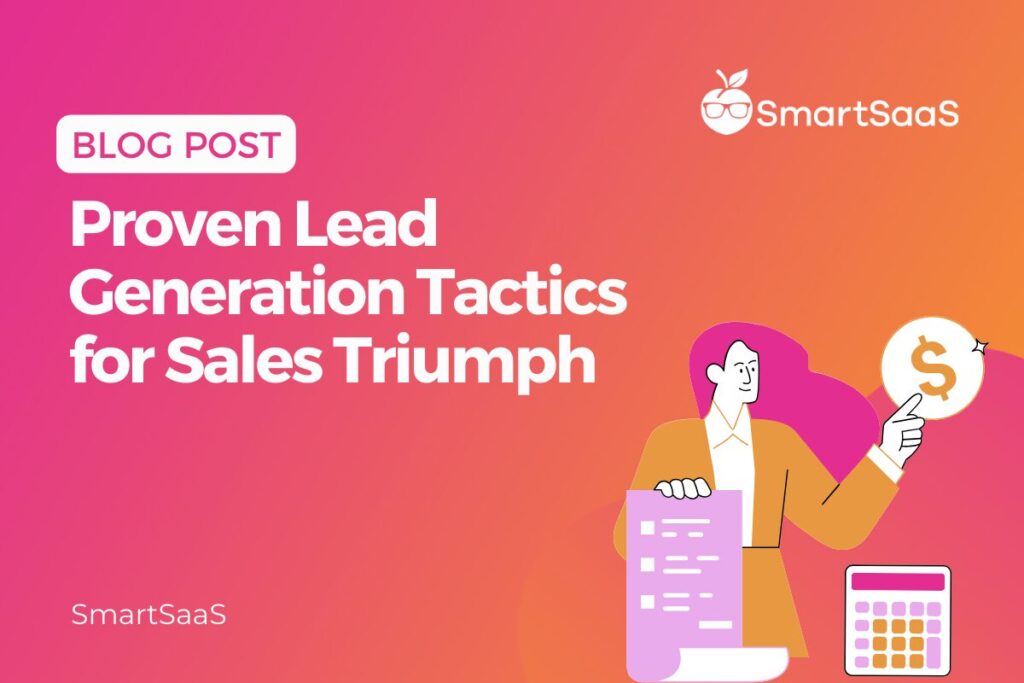
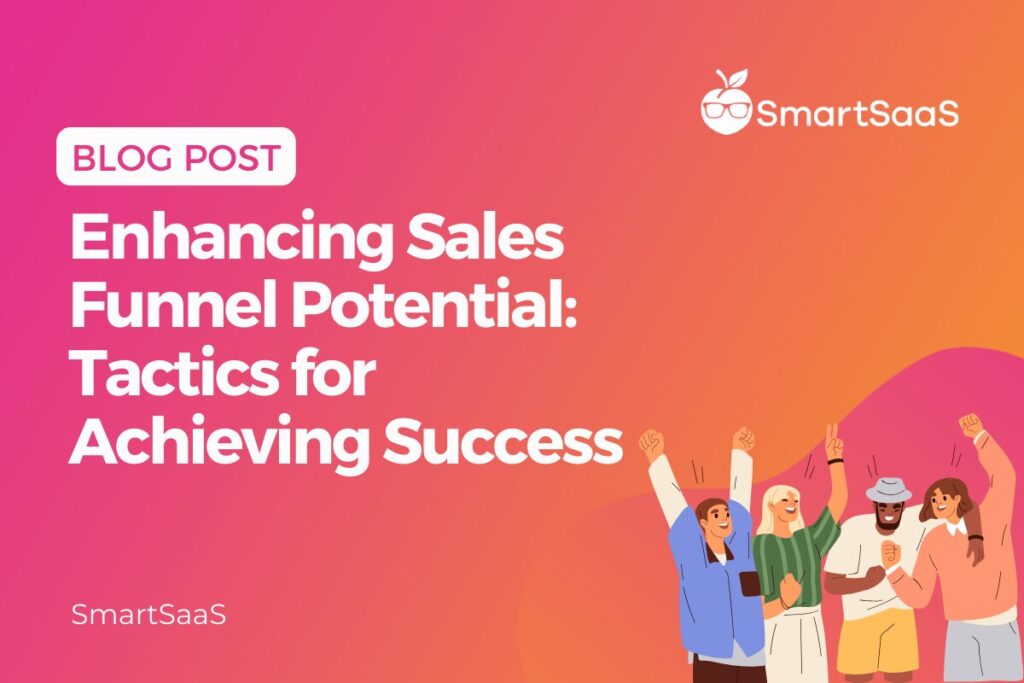
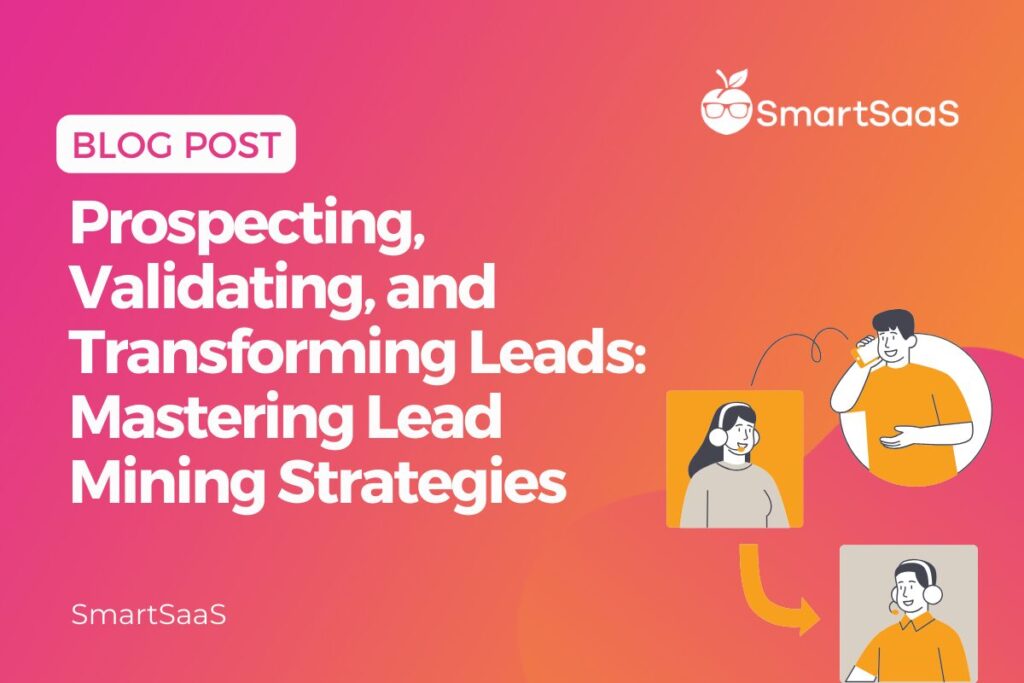
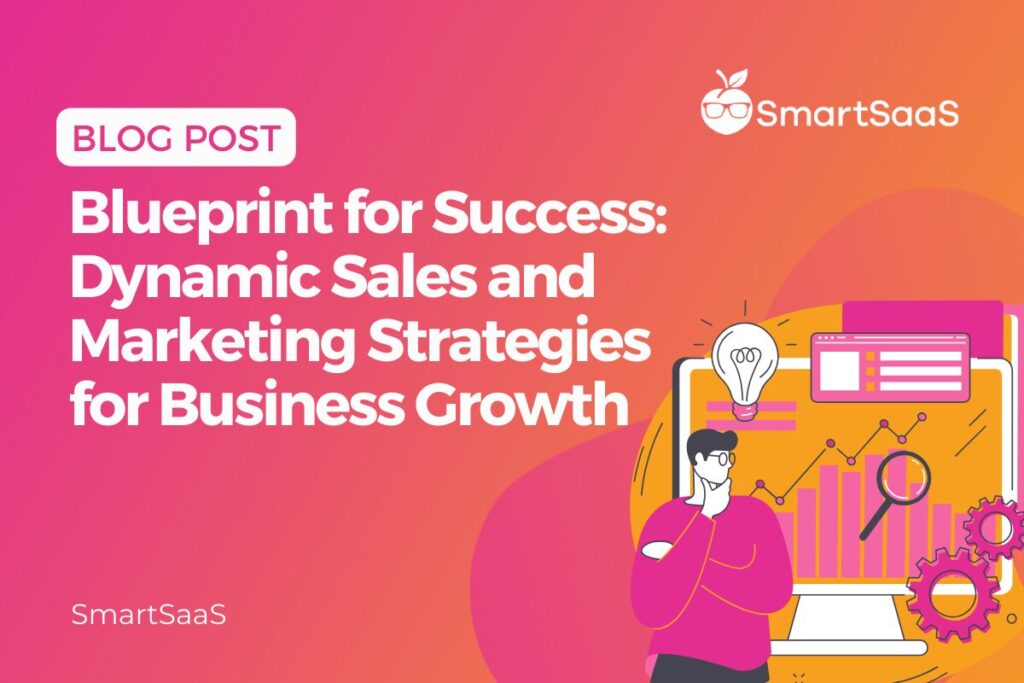
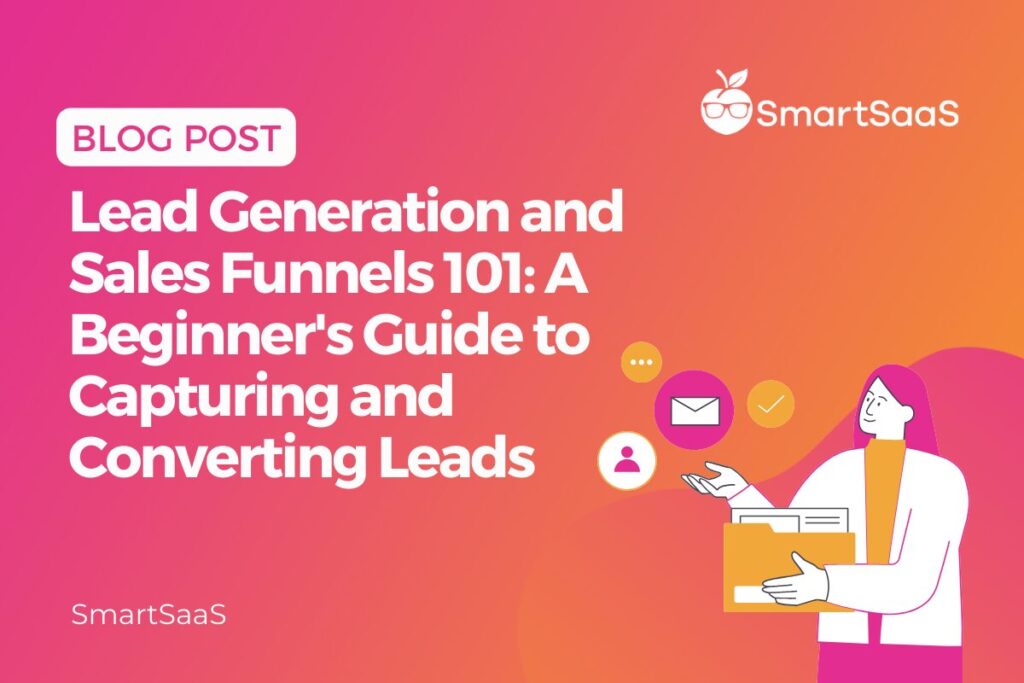
Responses